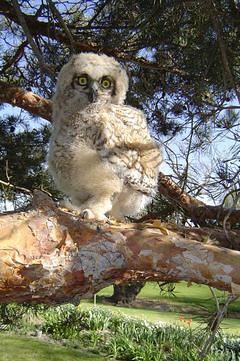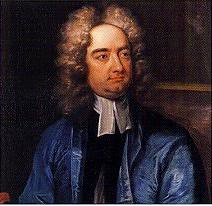Aesthetics: Arts/Music: His hands anticipate “shape” various chord clusters & melodic lines, "became one" with piano
.
I came across an incredible snippet in Catherine Nielsen's Per caritatem that exploded into all that I had learned from Dooyeweerd, Seerveld, Langer, and Adrienne Chaplin Dengerink on ways of knowing aesthetically, including the arts. In this case, a further explcitness about how the hands do the knowing for the jazz improvizing piano-player can be enriched theoretical by reading Michael Polanyi's Personal Knowledge, the chapter devoted to "Lore." Each piano-player ("pianist" doesn't seem r+t here) in the improv-jazz mode has a signature way of knowing thru his hands the specific instrument he addresses.
Music > Piano & Jazz Sax
Catherine is reflecting on
David Sudnow’s work, Ways of the Hand, which is an account of a classical pianist’s struggle on the road to becoming a jazz improviser. Sudnow describes in detail how at first he felt estranged from his body, viz., his hands. That is, the connection between his hands, the rhythm and metre, and the lines he wanted to play was at best strained and often more of a dis-connect. However, over time his hands began to anticipate the “shape” of various chord clusters and melodic lines—-in short his hands "became one" with the piano, which was now in a sense an extension of his own body[how about: his body became an extension of his hands, his brain-part of his body became an extension of his hands]
and not simply a tool to be used.[But let's not put down tools, nor intimacy with any specific tool.]
Catherine then turns to her source on Sudnow--Jeremy Begbie, a theologian whose first book I so disliked I never got around to subsequent work of his.
As Begbie explains, “the hand would treat the keyboard as a terrain to be engaged, relating to its contours, for example, to the contours of different keys […] Knowing what the next note or next notes would sound like was more to do with hand sensations than visual inspection of the keyboard. […] From the point of view of piano improvisation, listening is as much to do with the hand as with the ear” (pp. 225).Then along the route I'm reading in Catherine regarding Sudnow's development, I come to this gem from Begbie on Sudnow (it may be Sudnow's own statement but Catherine is so immersed in Begbie that she gives the appearance at least of assigning the thawt to the latter): “The hand ‘had ways’ with the keyboard which opened up potentialities of sound not readily discoverable in any other way” (p. 226). If Begbie had started his aesthetic theory here, instead of with all that theologistic verbiage that estranges one from a wholistic view of artful creation, even in, especially in skilled improve, he would have done better.
The hands tickle the keyboard to ticke not so much the piano-player's ears, as to ticle ours in the enrapt audience. Thanks to Cythia. Thanks to Dave Evans and Bob van der Plaats on their respective pianos. Thanks to Bill Grove, a Toronto musician, who saxed on an improv-jazz saxophone beyond all earthly pleasures (yet he was what I call "a compassionate cynic" when it came to philosophizing the world and even his own music). Now the bodily organs most instrumental on the sax are hands and fingers, lungs, cheeks and lips. That's, among all else, knowing.
-- Anaximaximum

 >br>
>br>









No comments:
Post a Comment